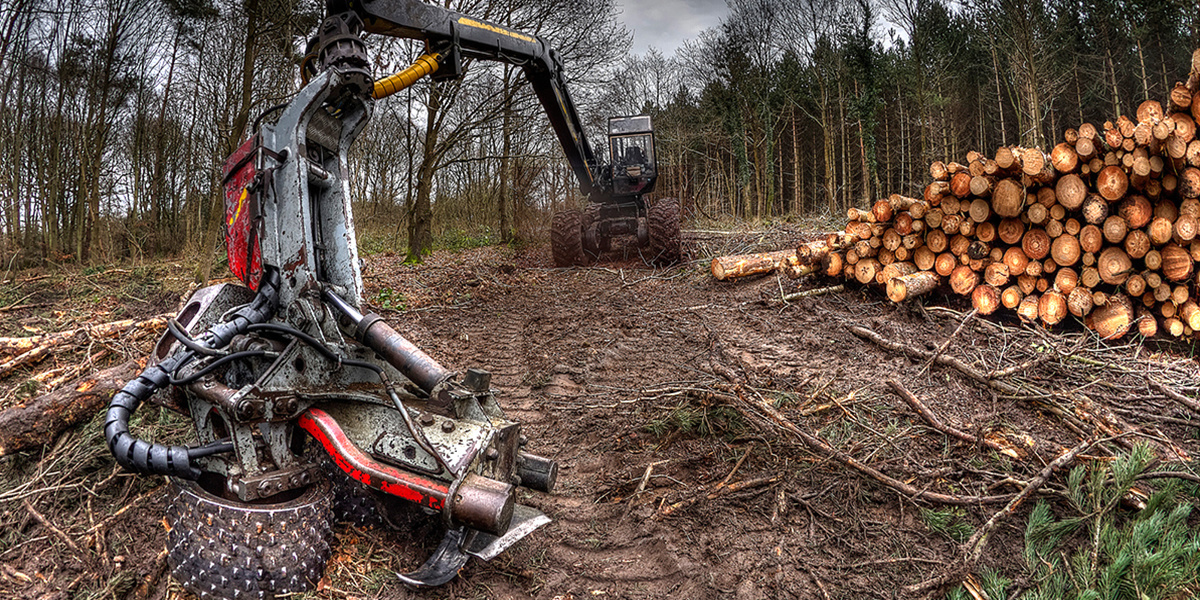
‘Sick Joke’: House Agriculture Committee Advances Farm Bill Attacking Environment, Endangered Species

The House Agriculture Committee passed H.R. 2, the 2018 Farm Bill, Wednesday on a party-line basis. The legislation, sponsored by Rep. Mike Conaway (R-Texas), includes dozens of poison-pill riders that would gut fundamental environmental safeguards.
Most significantly it would completely exempt the use of pesticides from the Endangered Species Act, effectively dooming hundreds of endangered species to extinction and making it legal to kill any endangered species with a pesticide at almost any time.
“This Farm Bill is a sick joke. It gives polluters and special interests the keys to the castle, while environmental safeguards are thrown in the ditch,” said Brett Hartl of the Center for Biological Diversity. “Farmers don’t want to poison our waters, kill our wildlife, and reduce our national forests to clearcuts. This is another low for this Congress, which is already the most anti-conservation in history.”
The next step for this legislation is consideration by the full U.S. House of Representatives in the following weeks.
In addition to the broadest attack on the Endangered Species Act in 40 years, the legislation weakens Clean Water Act protections from pesticides and includes a sweeping forestry title that would gut protections for forests and eliminate many safeguards within the National Environmental Policy Act.
The bill’s attacks on the environment include the following provisions:
- Section 9111: Completely exempts the U.S. Environmental Protection Agency (EPA) from the requirements of the Endangered Species Act allowing the agency to ignore impacts of toxic pesticides on endangered wildlife.
- Section 9118: Eliminates all protections under the Clean Water Act when toxic pesticides are sprayed directly into rivers and streams.
- Section 8303: Guts the consultation process required by Endangered Species Act on national forests by allowing the U.S. Forest Service to rubber-stamp project approvals without consulting with expert wildlife scientists at the U.S. Fish and Wildlife Service about whether a project would put endangered species in jeopardy of extinction.
- Section 8107: Doubles the allowed acreage for “categorical exclusions” under the National Environmental Policy Act from 3,000 to 6,000 acres per project, allowing the Forest Service to approve clearcuts under the guise of controlling insects and disease outbreaks in national forests.
- Section 8311-8321: Eliminates public engagement, environmental review of most Forest Service logging projects by creating 10 new categorical exclusions under the National Environmental Policy Act for projects up to 6,000 acres in size.
- Section 8503: Guts the “extraordinary circumstances” protections under the National Environmental Policy Act, allowing the Forest Service to approve destructive projects without further review even if sensitive species are present or the project is within a wilderness area.
“This farm bill should be called the Poisoned Waters and DDT Restoration Act. If it becomes law, Americans can look forward to our water and wildlife being poisoned by pesticides for the rest of our lives,” said Hartl.
Senate Republicans Push Attacks on Endangered Species, Clean Water Under Guise of Farming https://t.co/xywqdzt9N5 @NWF @Defenders @foodandwater @ClimateReality @SierraClub @NRDC @climatehawk1 @Earthjustice
— EcoWatch (@EcoWatch) February 7, 2018

 233k
233k  41k
41k  Subscribe
Subscribe 